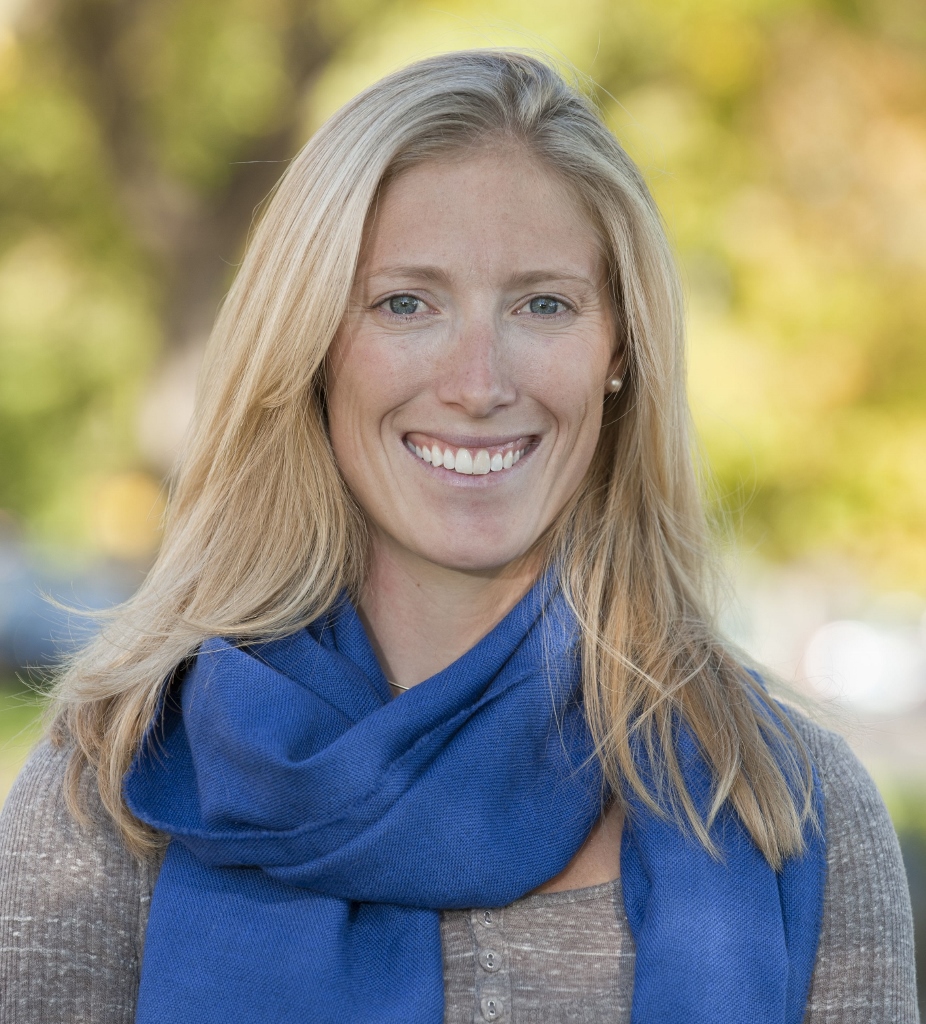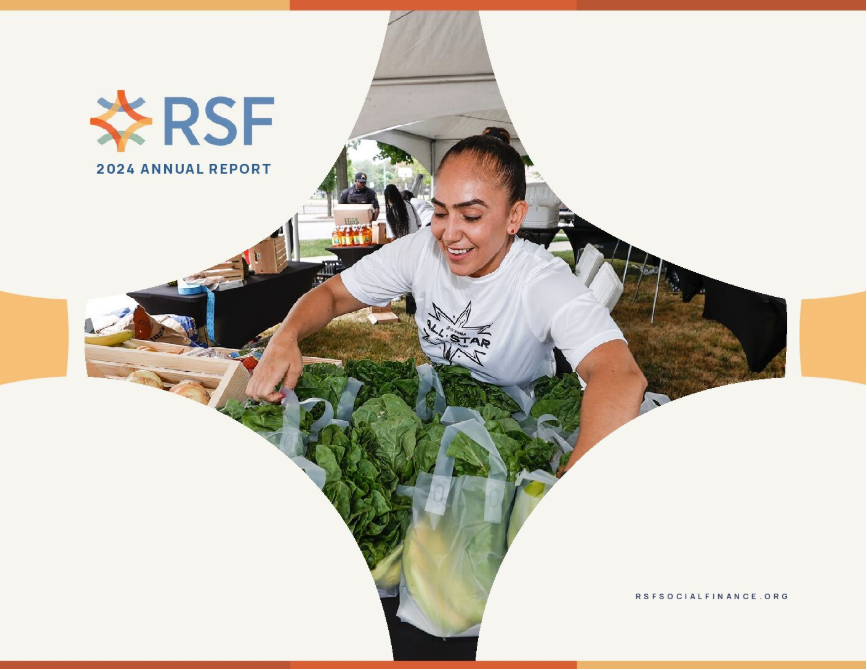Originally published on the Huffington Post
When we heard Ann Karlen, executive director of Fair Food in Philadelphia, give a talk called “Wait, Wait — Don’t Start That Food Hub,” we knew we were looking at a genuine trend. If you’re working in the food systems field, it suddenly seems like everyone and their brother is starting a food hub. Even the mainstream media has taken notice (see this recent AP story).
On the one hand, that’s a great thing. Food hubs — enterprises that actively manage the aggregation, distribution and marketing of source-identified foods from local and regional producers — could be the key link in a new supply chain that fixes our broken food system. That’s why RSF Social Finance, the organization I work for, has been the country’s most active lender to food hubs. On the other hand, the momentum and hype around local food and regional food systems is leading a lot of well-intentioned people to think, “Let’s start a food hub! How hard can it be?”
The answer is: really hard. That’s partly because it’s not entirely clear which business models perform best in this nascent sector. The Wallace Center has been collecting data on growth trends and effective operational practices with an eye toward creating benchmarks, and its National Good Food Network program maintains a repository of research to date. From our own food hub portfolio, we’ve learned that at minimum, building these fundamental supply chain businesses requires patience, considerable business skill, and discipline to ensure that farmers benefit.

Kate is former Lending Manager at RSF


